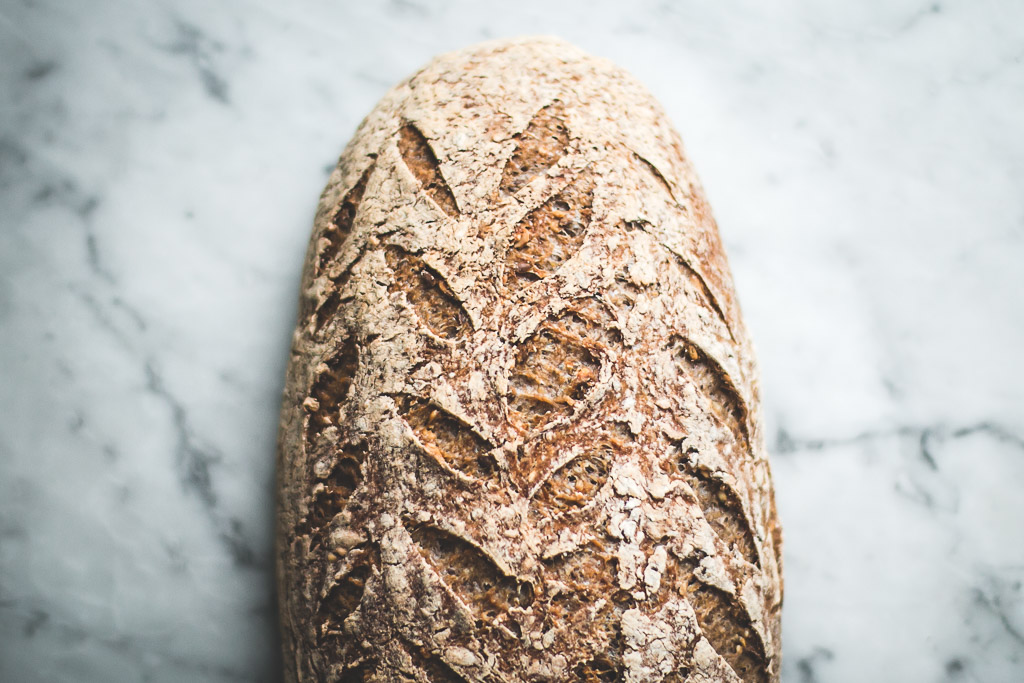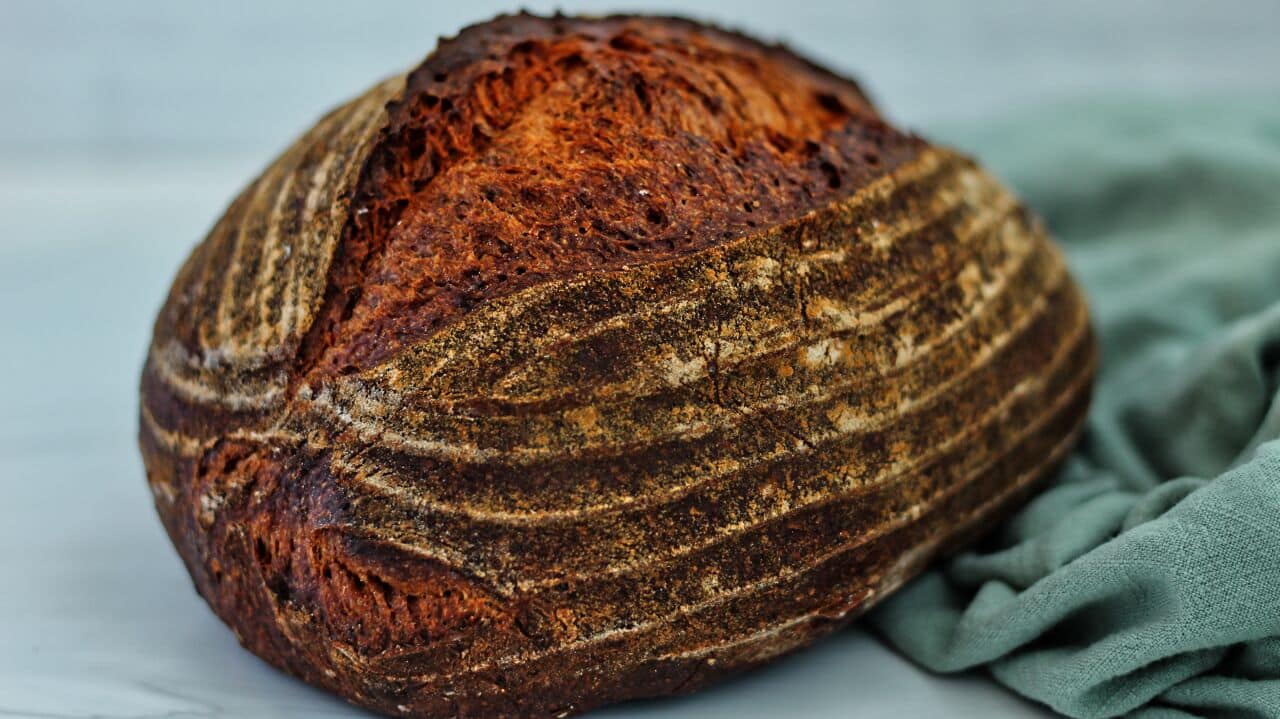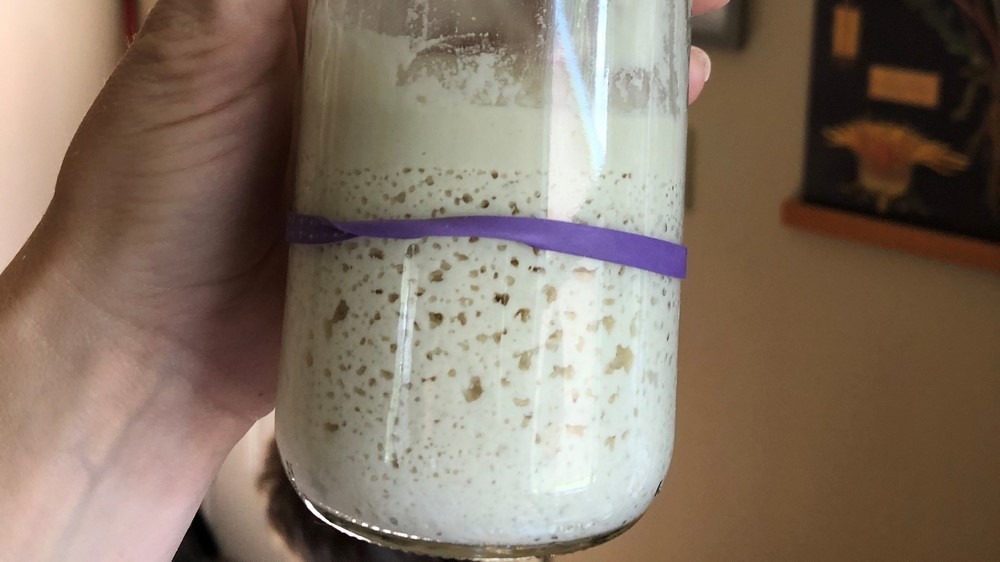How can i adjust recipes to use coconut and almond flours in simple artesian recipes?
You need a recipe specifically formulated for gluten-free flours.
Converting an existing wheat flour recipe to coconut flour or almond flour isn’t possible since they have completely different characteristics from wheat flour.
“Coconut flour“ is the waste product from making coconut milk. Coconut meat is shredded, mixed with water, then pressed to extract all the liquid. The leftover pulp is dried, then ground into a powder and sold as “coconut flour.“
Since all liquid has been extracted, it is highly hygroscopic, so absorbs significantly more water than wheat flour. Since it lacks gluten forming proteins, it does not development the gluten matrix necessary for an extensible and elastic dough.
Like “coconut flour”, “almond flour” does not contain gluten forming proteins and is significantly more absorbent than wheat flour.
In trying to replicate a gluten-free artisan bread, you need to blend several starches and a binder together to make a “flour”. Since coconut and almond powders produce very dense baked products, they are not normally used in bread.
If you wish to experiment with these flours, I would recommend you take a gluten-free sourdough recipe and try replacing some of the starches with coconut or almond flour.
Just keep in mind that gluten free bread will never look and taste like wheat bread. I’ve been gluten-free for 12 years and have yet to eat a gluten free bread that could pass for wheat bread.
Examples of gluten free sourdough recipes that you might experiment with
Gluten free sourdough bread packed with nutritious seeds. Made with a mix of buckwheat flour, brown rice flour, oat flour, corn starch and potato starch.

www.bakingmagique.com
With our easy gluten free sourdough starter, this Gluten Free Sourdough Bread is so perfect, you'll want to make it every single day!

www.letthemeatgfcake.com
How to create and maintain your own gluten free sourdough starter.
breadtopia.com
If you want a cookie, try Erin Mcdowell’s gluten-free chocolate chip cookie on the New York Times website. It’s one of their highest rated cookie recipes, a favorite with many who aren’t even gluten free. It’s made with all almond flour and high quality bittersweet chocolate.

 www.bakingmagique.com
www.bakingmagique.com


